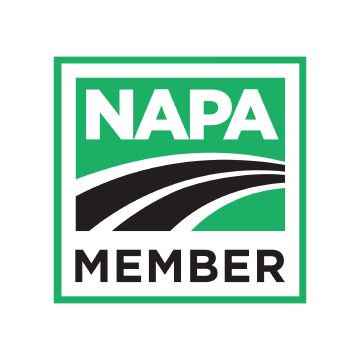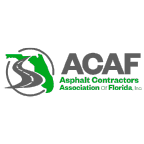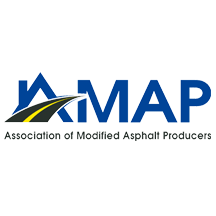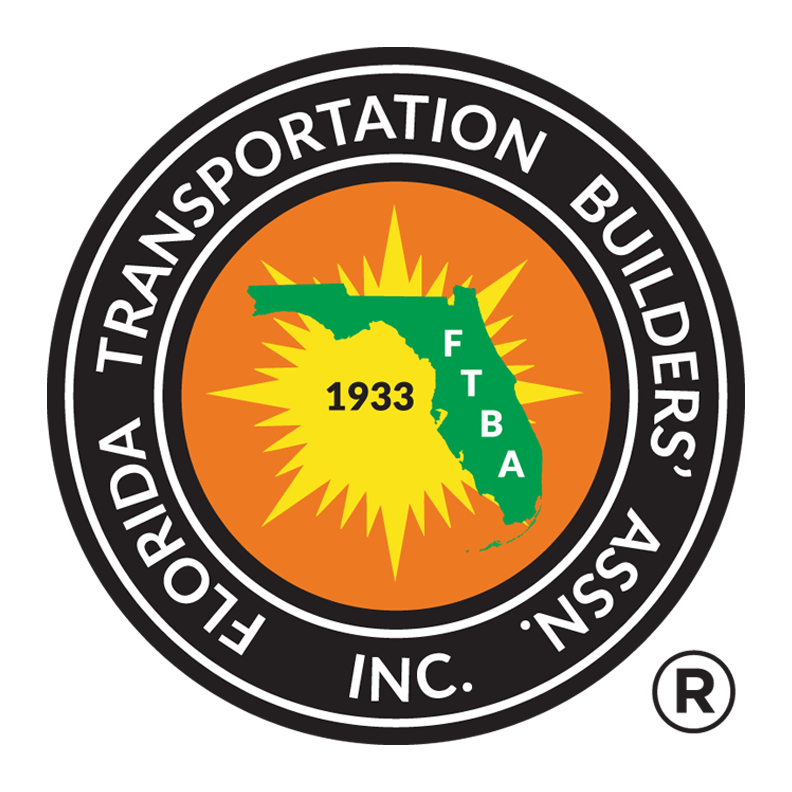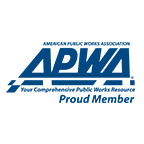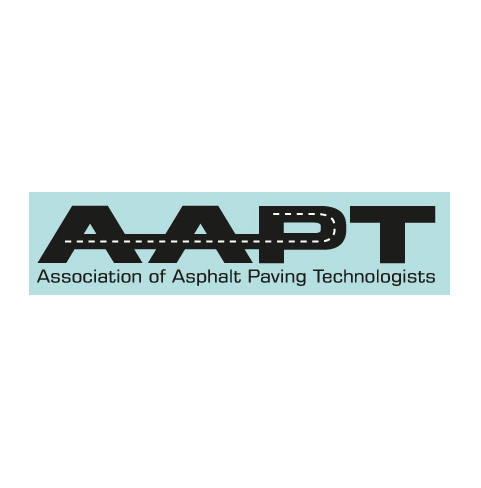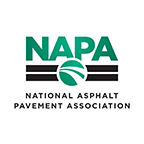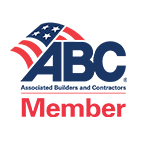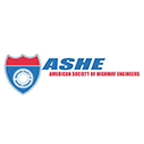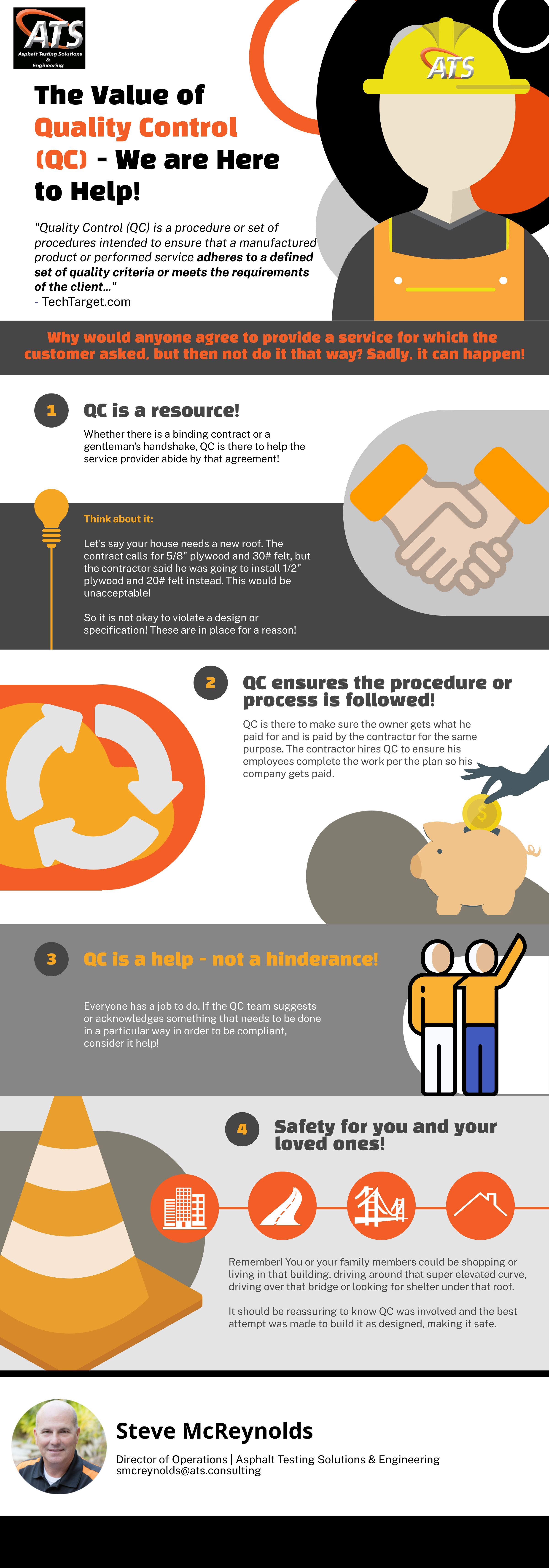
A google search for the meaning of quality control, or QC, in the construction industry led to TechTarget.com. The definition states, “Quality Control (QC) is a procedure or set of procedures intended to ensure that a manufactured product or performed service adheres to a defined set of quality criteria or meets the requirements of the client or customer”.
Wow, can you imagine satisfying a customer? How many of us think that the world is getting away from or has gotten away from that concept? I do.
When I first started in the construction materials testing industry in the 1990s, my father, who was born in the 1940s, would ask me why the heck they needed to pay me to be out there all day on a job to make sure people are doing what they agreed to do which was to construct a project as the plans depicted?! Why would anyone agree to do something the customer asked and be willing to pay them good money for it then not do it that way? I didn’t have a good answer for him, all I could say was that I noticed the concrete guys attempting to put too much water in the mix to make it easier to place, the structural steel guys were leaving out reinforcing steel (REBAR) that was hard to tie into place, the roofing crews were not using the correct nailing patterns or putting in nails that totally missed the underlying trusses. I don’t think a day went by that there wasn’t at least one process that wasn’t done in accordance with the plans.
The engineering industry continuously spends countless amounts of money and time researching and designing buildings and roadways at the request of customers to make them safer and last longer. So why would I question why a 12.5mm asphalt mix should only be placed in 3” maximum lifts in a base application? Why would I question that too much water in the “mud” was bad? Why would I question why the plans require 10 nails along the edge in the perimeter and 15 nails along the edge in the field of the 5/8” plywood roof sheathing? Why would I question why the plans require a #8 Z-bar in the cantilever design of a stair well?
Well, maybe it will rut, maybe it won’t cure to the specified strength, maybe the wind will lift it up and blow it off, maybe the stairwell will collapse if it’s not in there. I can almost guarantee you that if you were personally having a roof installed and the contract called for 5/8” plywood and 30# felt, but the sub-contractor said he was going to install 1/2’” plywood and 20# felt instead, you wouldn’t stand for it. So why would someone think its okay to violate a design or specification when the product doesn’t belong to them? What makes that okay?
Like the definition mentioned above, QC is there to ensure the procedure or process is followed so the owner gets what they paid for. QC paid for by the contractor serves the same purpose. The
owner of the contracting company has entered into a contract with the owner of the project, so the contractor hires QC to ensure his employees build it per plan so his company gets paid.
This is a simple concept: do what you are supposed to do or what you say you are going to do whether it’s a gentleman’s handshake agreement or a signed binding contract. QC is there to help you abide by it. QC is not the enemy; it is a resource. It is there to help the foremen and the superintendent interpret the plans and specifications. QC is there to document that the process and procedures were followed to the minimum standards required, ensuring the owner is getting what they paid for because the contractor followed the contract. Performing the required procedures or processes may seem to make the job harder, but I would argue that doing it as required is easier and much less costly than ripping it out and redoing the job a second time, or more.
Everyone on the project has a job to do; let the QC do their job. If they suggest or point out something needs to be done in a certain way in order to be compliant, consider it help, not a hinderance. You and your family or close friends may be shopping or living in that building, driving around that superelevated curve, driving over that bridge, or looking to get away from inclement weather under that roof. It should be a reassuring feeling that QC was involved and the best attempt was made to build it as designed, hopefully making it safe.
We are here to help!




